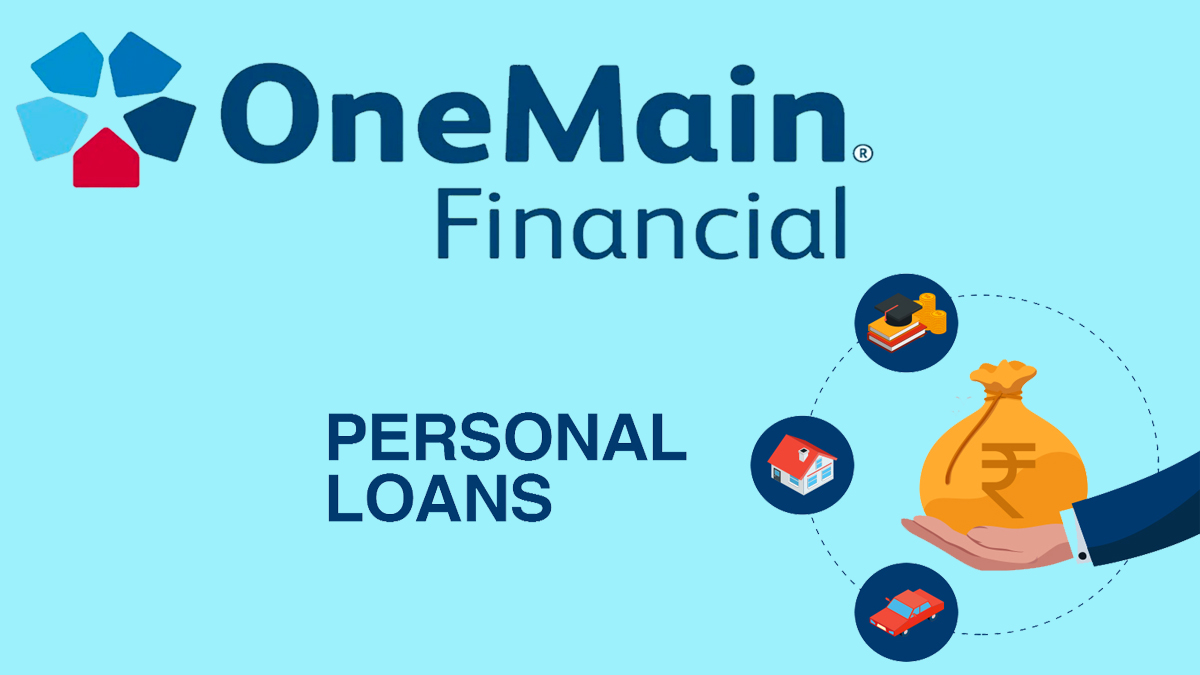In the vast expanse of financing options, recourse loans stand out for their specific terms that favor lenders but also offer unique benefits to borrowers under certain conditions. Understanding the nuances of a recourse loan is crucial for anyone considering this type of financing, whether for personal or business purposes.

In this article, we will talk about what a recourse loan is, its operational mechanics, pros and cons, how to apply for one, and provide answers to frequently asked questions.
What is a Recourse Loan?
A recourse loan is a type of loan that allows lenders to seize or go after additional assets of a borrower who fails to pay back a loan if the balance of the debt is higher than the value of the collateral.
Therefore, if the collateral is sold and the money obtained does not make up for the outstanding debt, the lender can get their hands on other assets or income belonging to the borrower to pay up the difference.
This feature makes recourse loans different from non-recourse loans, whereas collateral is the only recovery effort for a lender.
How Does It Work?
How recourse loans work is straightforward. Firstly, the borrower will apply for a loan from a lender with collateral like vehicles, real estate, or other valuable assets. The major difference in a recourse loan agreement is the extra security it gives to the lender. Thus, if the borrower does not meet the agreed-upon payments, the lender can take the collateral.
On the other hand, if the worth of the collateral has decreased or dropped and it is not able to cover the deficit financing, the lender will take advanced legal action to get back the rest.
However, the procedures could involve asking for the personal or business assets of the borrower or the borrower’s wages. In addition to this, depending on the specific terms of the loan agreement and the jurisdiction, some may be involved in accessing bank accounts.
Pros and Cons
Here are the pros and cons of a recourse loan:
Pros
• Easier Approval
Because recourse loans present less risk to lenders, borrowers may find it easier to get approved, especially if they have less-than-perfect credit or are looking for more flexible borrowing terms.
• Increased borrowing power
With the possibility of pursuing additional assets in case of default, lenders might be willing to offer larger loan amounts compared to non-recourse loans.
• Lower interest rates
The reduced risk for lenders often translates to lower interest rates for borrowers, making recourse loans potentially more cost-effective over time.
Cons
• Increased borrower risk
The major downside for borrowers is the increased risk. If unable to repay the loan, borrowers could lose much more than just the collateral.
• Potential for financial hardship
The lender’s ability to go after additional assets can lead to significant financial hardship for borrowers who default, potentially leading to bankruptcy.
How to Get a Recourse Loan
Although there are many steps involved in obtaining a recourse loan, they are very easy to carry out and worth it. Moreover, the process is similar to applying for other types of loans. If you are interested, here are the steps you need to begin:
- Examine your financial situation.
- Research to find the best lenders.
- Prepare the necessary documents.
- Apply for the loan.
- Make sure you review the loan’s terms carefully.
- Finalize your loan.
- Begin to make payments on time.
Getting a recourse loan requires careful consideration, preparation, and understanding of the terms, especially the implications of the recourse clause. By following these steps and ensuring that you have a solid repayment plan, you can secure a recourse loan that meets your financial needs while minimizing the risks associated with default.
Recourse vs. Non-Recourse Loans
Recourse and non-recourse loans differ primarily in the lender’s ability to claim assets from the borrower in case of default.
- Recourse Loans: Allow lenders to pursue the borrower’s other assets or income if the collateral does not cover the outstanding debt. This increases the risk for borrowers but often comes with benefits such as lower interest rates and easier approval processes due to the reduced risk for lenders.
- Non-Recourse Loans: Limit the lender’s ability to only the collateral itself. If the borrower defaults and the collateral’s sale does not satisfy the debt, the lender cannot go after the borrower’s other assets. This provides a safety net for borrowers, reducing their risk, but typically results in higher interest rates and stricter lending criteria due to the increased risk to lenders.
In summary, recourse loans offer financial advantages but at the cost of increased personal risk, while non-recourse loans protect the borrower’s assets beyond the collateral, often at the expense of higher costs or tougher qualification standards.
FAQs
Can I convert a recourse loan into a non-recourse loan?
Converting a recourse loan into a non-recourse loan is generally not straightforward and would require renegotiating the loan terms with the lender, which they may not be willing to do.
How can I protect my assets if I have a recourse loan?
Consider asset protection strategies, such as properly structuring business entities or trusts, but always ensure you’re acting within the legal framework. It’s also crucial to maintain open communication with your lender if you’re facing financial difficulties.
Are recourse loans legal in all states?
Yes, recourse loans are legal in most jurisdictions, but the extent to which a lender can pursue a borrower’s assets varies by state. Some states have more borrower-friendly laws than others.



